|
I have just finished this book in the Osprey Elite series about World War 2 Infantry tactics. I bought it to be an introduction to small unit tactics after we started playing Bolt Action this year. I found the book a clear and easy read, but it doesn't quite do what it says on the cover. It only discusses the armies of Germany, the USA and Great Britain. There is nothing about the USSR, France, Italy or any other nation, which was disappointing. But the three armies included are dealt with in some detail. It is interesting to learn how they each trained their recruits and the author talks a fair bit about general principles at section/squad and platoon levels. He also explains how the tactics of all combatants came to resemble each other more closely as the war progressed. There are some interesting diagrams showing typical formations and positions. Is it possible to recreate the tactics of these formations with the Bolt Action rules? To some extent I guess. But I think the main problem is with the use of section LMGs. The book explains how the LMG team often operated, separately but in concert with the rest of the section (e.g. creating a fire base to cover an approach to assault). It also explains how the US squad would sometimes break down into two or even three teams, all working independently. As the army lists work, it would be difficult to represent such a break down. But I suppose there is nothing to stop players agreeing a house rule to provide LMG teams with their own dice. Other tips from the book that sound pretty straightforward to transfer to the table include not exposing troops to unnecessary risk; avoiding exposed positions; deploying smoke to mask advances; and committing totally to an assault once begun. All these seem worth a try on the table, although I'm sure I t's easier to quote a principle than apply it.
When we played a skirmish between Late War Germans and Royal Marine commandos on Friday evening, I put several feet wrong (well, at least three). The preliminary bombardment was especially effective against my Germans. Instead of rallying off pins, I decided to give movement orders and take morale tests, which proved disastrous. One veteran squad failed its order test twice and on the second time it rolled a FUBAR and ran away. My hanomag also failed to move twice in a row and an MMG team lost its nerve in the middle of a field. Next time, I will rally off the effects of a preliminary bombardment at the start of the game. Another bitter lesson was not going down when fired upon at close range by a section of Royal Marines. My German squad, in soft cover but with no other protection, promptly lost over half its men and then failed its morale test. Next time, I will need a very good reason not to go down. Of course, next time I will most likely either forget the lessons from this game or make some new mistakes! That's the fun of a ruleset like Bolt Action: it's easy to learn the rules, but much harder to master them.
2 Comments
I have now uploaded a pdf of this scenario here.
This has been a great weekend, with two games and a trip to Warfare 2016 in Reading, UK. It is my favourite show, with a good balance of traders, demonstration games and competitions. I picked up some new ECW and Ancients rules; a Rubicon Stug for Bolt Action and some animals to decorate my tables. I was keeping an eye out for a gaming cloth but curiously, couldn't find any. Over the past two years, Cigar Box battlemats seemed to be everywhere but they just weren't visible this time. Perhaps mail order for these things is so straightforward these days that traders don't find it worth stocking. I was pleased to see that Kingdoms, the supplement for the Tercios rules, has been translated into English. Thus book has stats for the ECW and for Eastern Europe. I hope it leads to more English speakers getting to know these excellent rules. On Saturday evening Keith and I played the battle of Słobodyszcze, 7 October 1660, using Tercios. Keith took the Cossack army, attacked while in camp by a smaller but high quality Commonwealth force that I commanded. I will add the scenario to the 1660 page on this website. Tercios has several original mechanics that really work well for a 16-17th century game. Units are given order cards each turn that they may use either to carry out the main order or to react to enemy action. The quality of a unit is reflected by the number of dice it receives for each function (discipline tests, shooting, Melee, Courage) while the target number required for each die is determined by the relative situations of the units interacting. Thus, pikemen are harder to hit with cavalry than musketeers are. Artillery fire is unpredictable but when it hits its target, it can cause serious disorder. Commanders are able to influence the flow of the game by interfering with unit orders and by adding support to units in action. I find the rules for commanders as written to be over complicated and a bit artificial, so we played a slightly streamlined version last night. It worked well I think. The game began with the Polish Centre and Left assaulting the Cossack front line, with mixed results. A Hussar unit destroyed one Cossack wagon, while a nearby Pancerni unit bounced off another wagon. Meanwhile, Keith brought his second line Infantry up, to stop the Poles from advancing down the flanks of the Cossack position. After some gruelling duels, the Cossack first line was breached. Cossack losses rose faster than Polish, as the attackers were able to withdraw vulnerable units to recover but the Cossacks had less scope to catch their breath. At the end of turn 6 Cossack losses had crept so far ahead that the game ended then, with a decisive victory for the Poles. However! Coming up behind the Cossack front was a solid line of Cossack foot, very capable of carrying on the fight. We had reached nearly midnight by now so agreed to abide by the written victory conditions, but we both felt the Poles had suffered enough attrition to give a Cossack counterattack a very good chance of succeeding.
Keith went home with my summary account of the real battle. It is satisfying to see that our game followed the history quite faithfully. After at first breaking in to the Cossack camp, the Poles were repulsed by a counterattack and despite further attempts, were unable to repeat their initial success. This was a tense and exciting game, in which Keith showed his customary grit by refusing to leave the initiative in Polish hands. The rules worked smoothly and made every turn engaging. Now, what next? I am tempted by Radziwill's Kiev campaign of 1651. But the 1660 sources contain material for at least a couple more scenarios. After spending four nights in the wonderful city of Kraków, we came home wondering why we had left it so long since our last visit. The Wawel Castle is a fascinating place, and the Armoury museum is beautifully presented. Its focus is on late medieval and Renaissance arms and armour. In one room, the walls are lined with Hussar armour, mostly 17th century. Stunning. The horse furniture is quite beautiful too. There are some great bookshops in the city too and I brought home two accounts of campaigns against the Cossacks in 1651, a history of Polish-Muscovite wars from the 16th to the 18th centuries and a history of the Polish Cossack cavalry, or Pancerni as they came to be known. So what else is there to do but plan another Polish-Cossack wargame? I have been painting 15mm commander figures and a new unit of Petyhorcy (Lithuanian Spear-armed Pancerni), ready for a game on the 19th. We'll be fighting Slobodyszcze, a scenario I've been cooking for months. There is an excellent map of the field in one of my new books and the table should look pretty fine. I don't like to post scenarios until we've tested them but am hoping it will give a good game. We'll be using Tercios, a rules set that I think deserves to be better known. Unfortunately its online support is a bit limp, although things might improve soon with the release of a line of 28mm figures.
|
Archives
November 2023
Categories
All
|
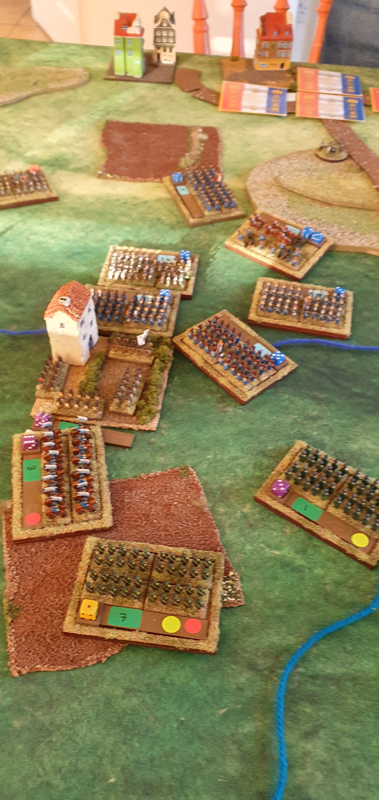
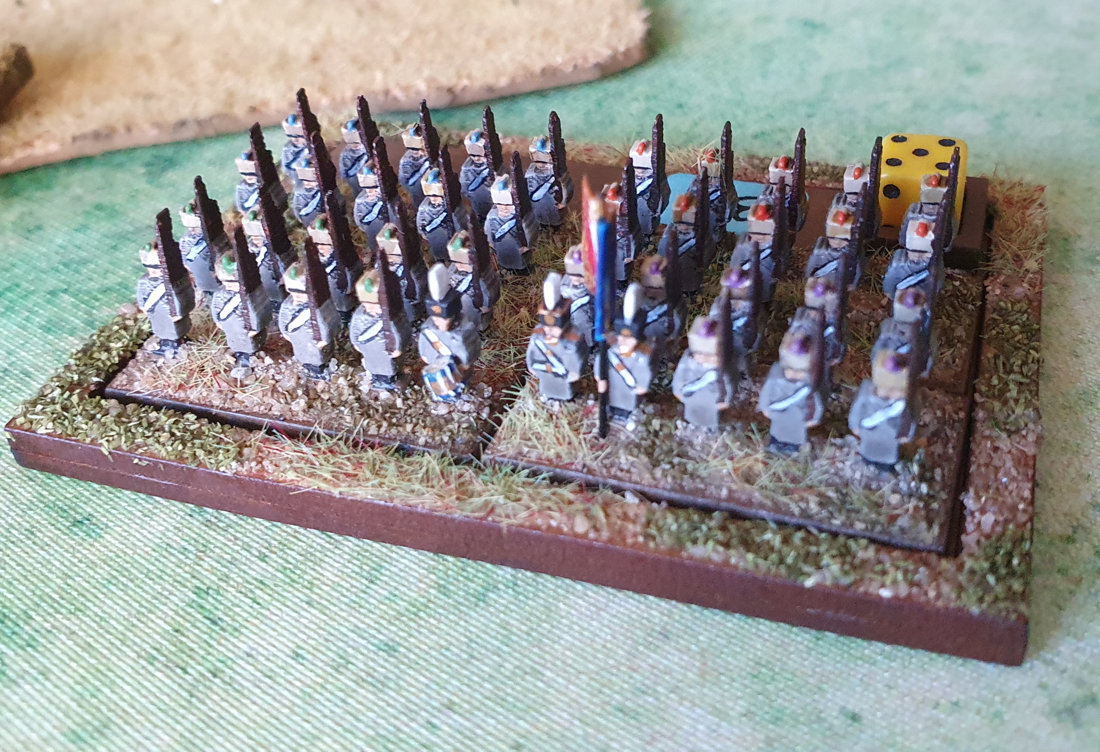
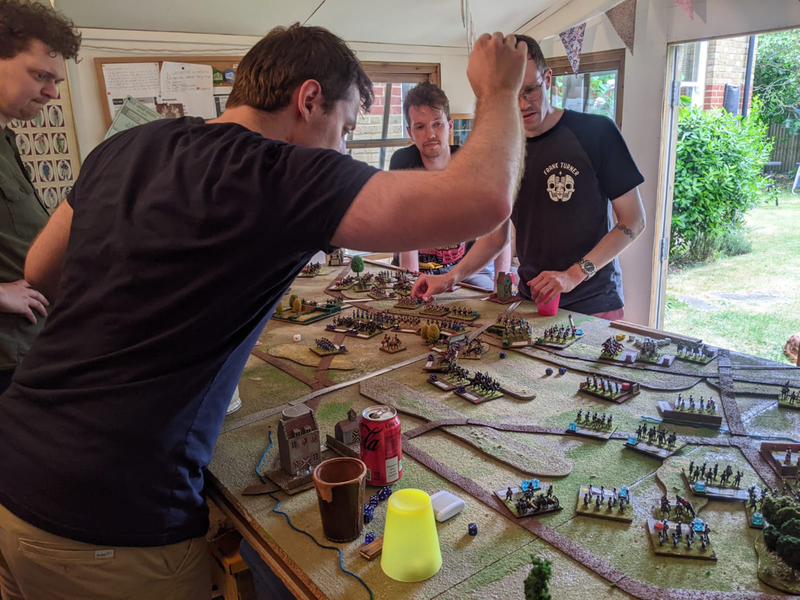
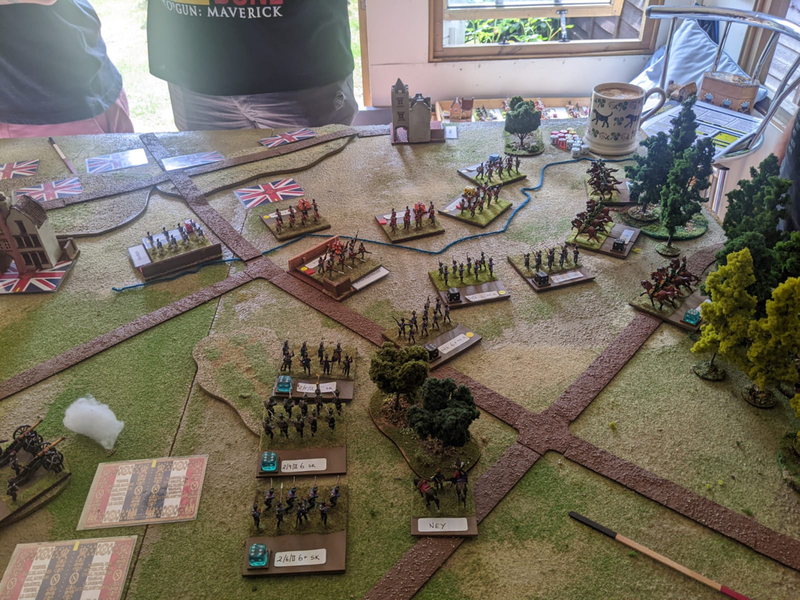
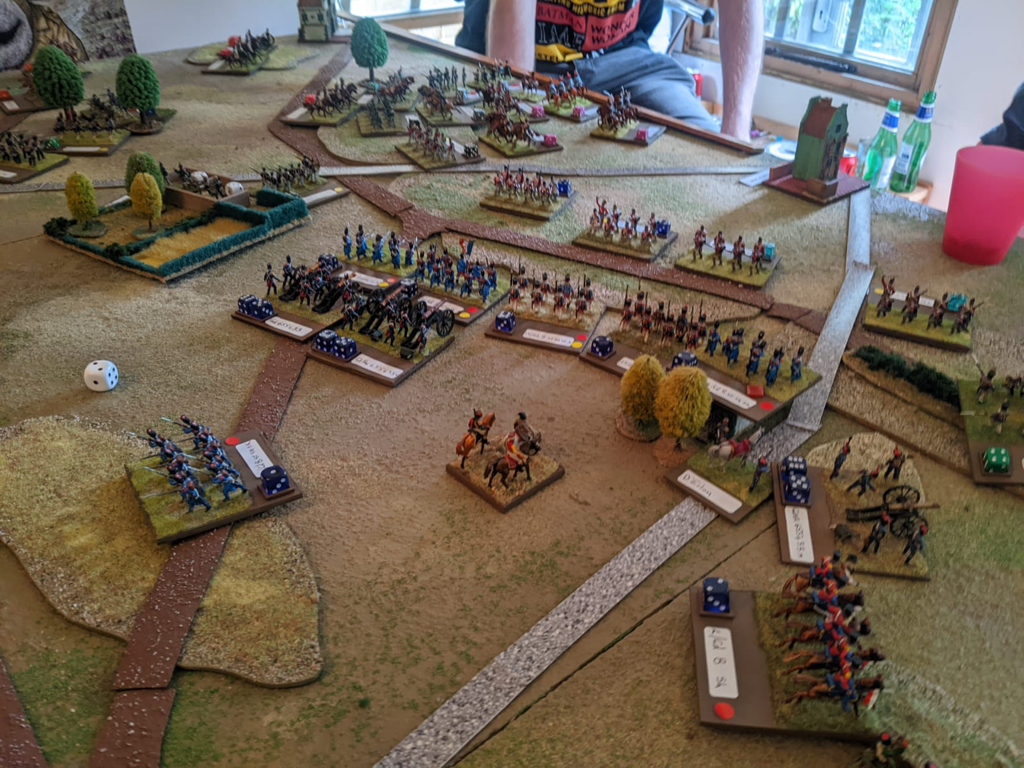
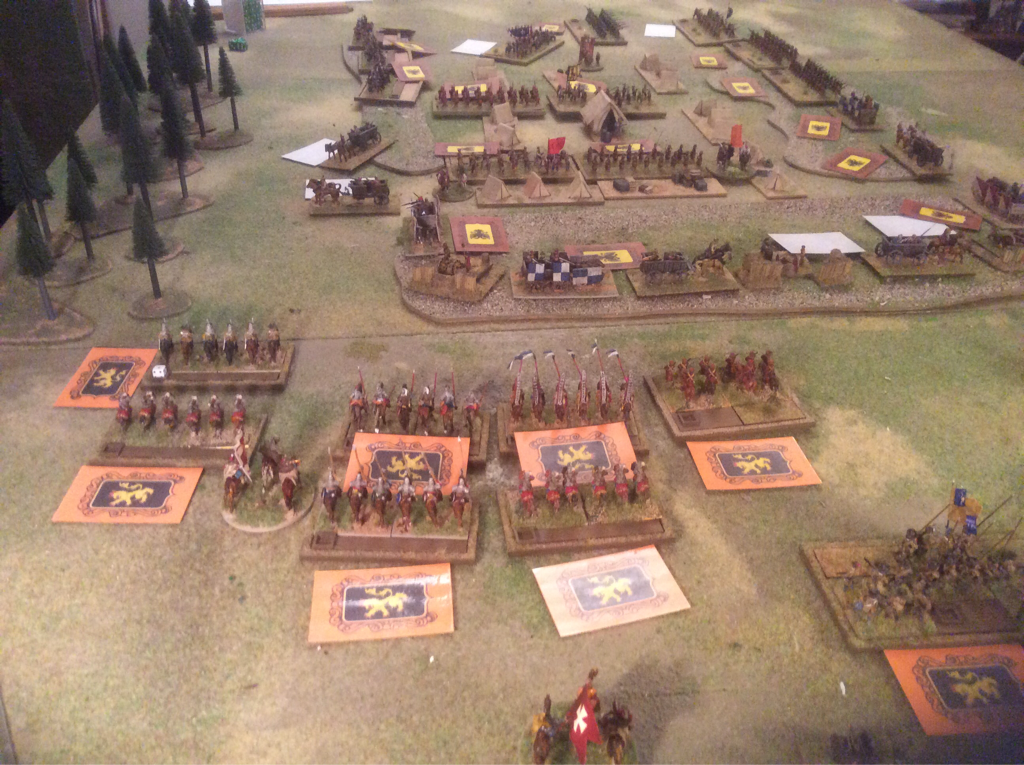
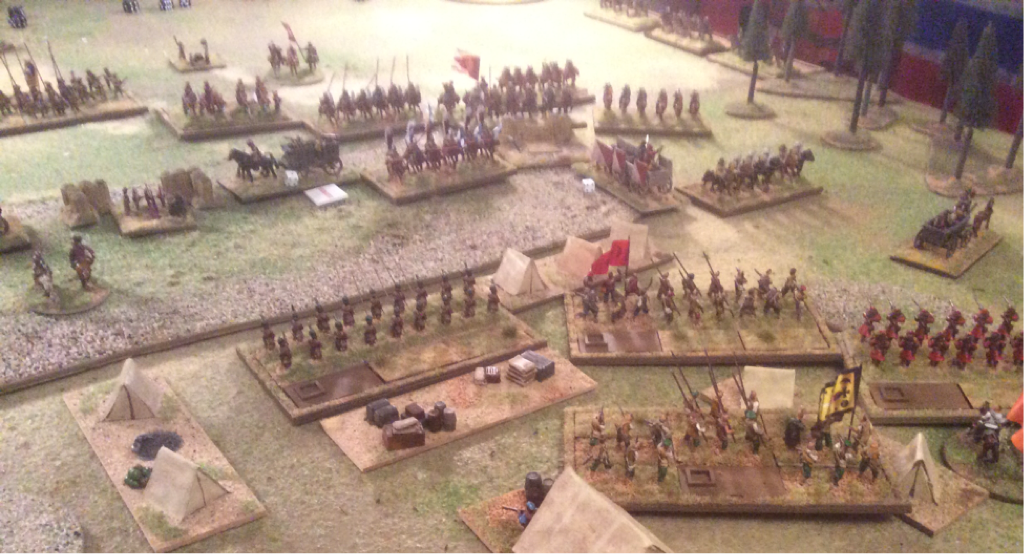
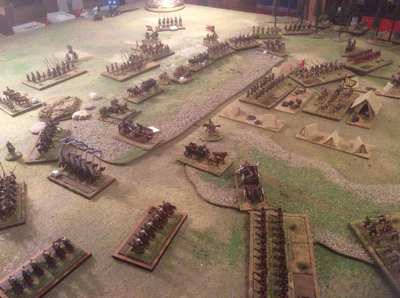
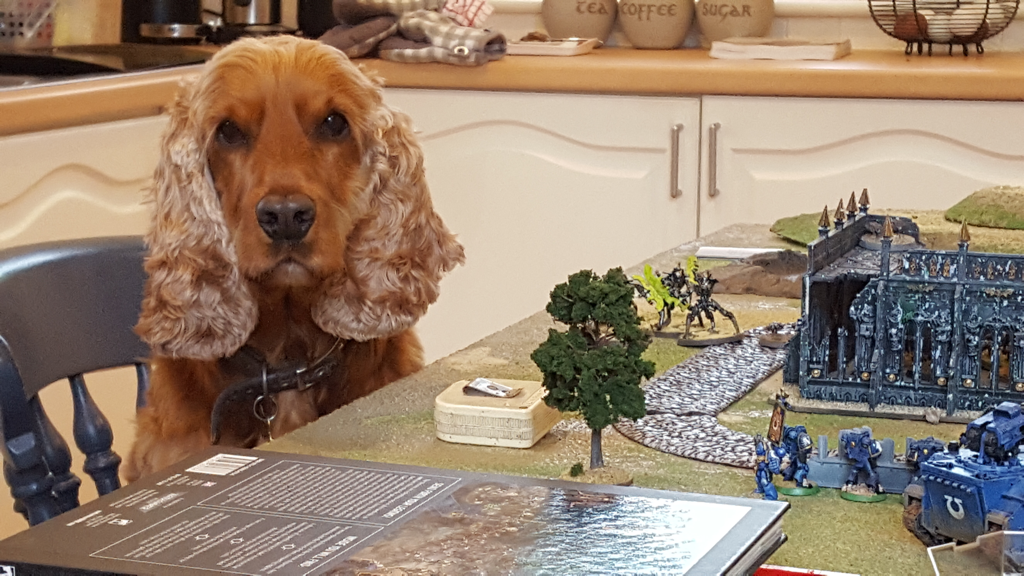
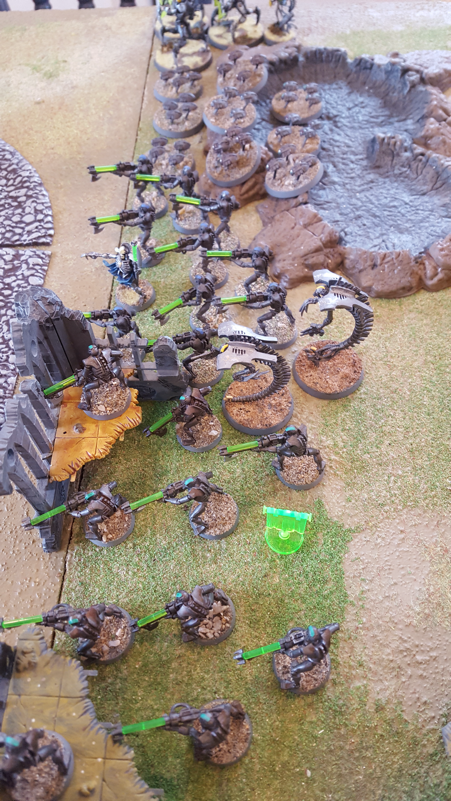
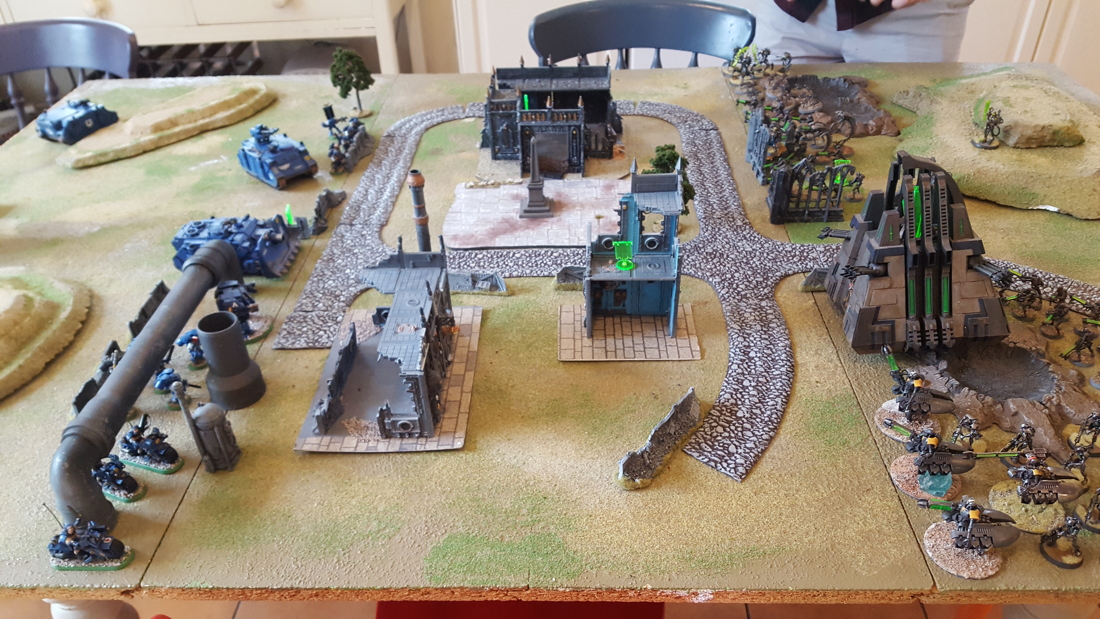
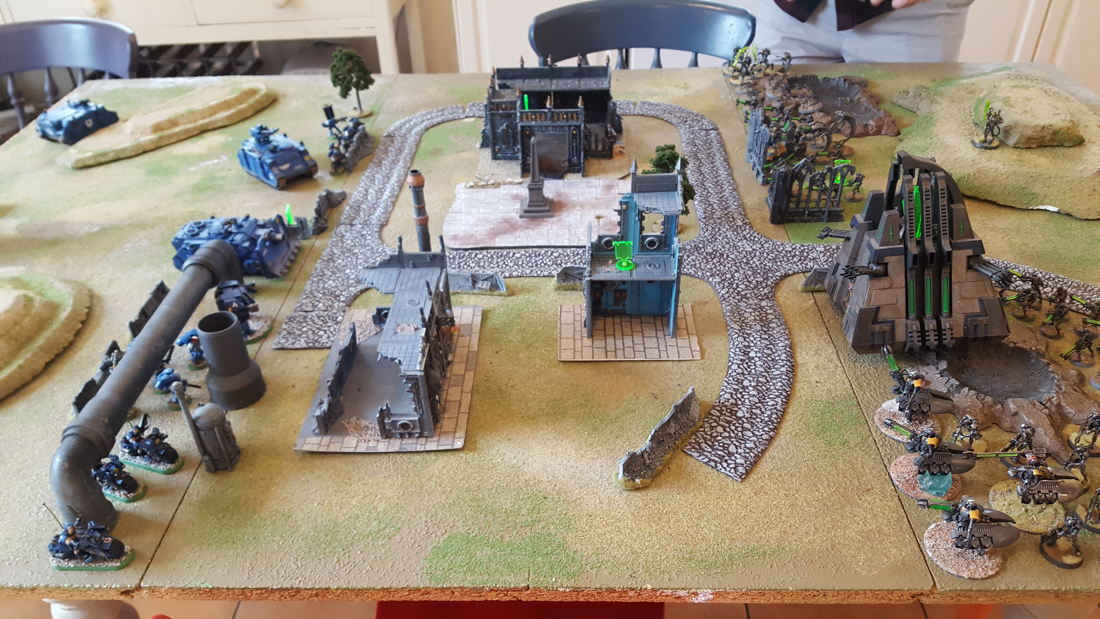
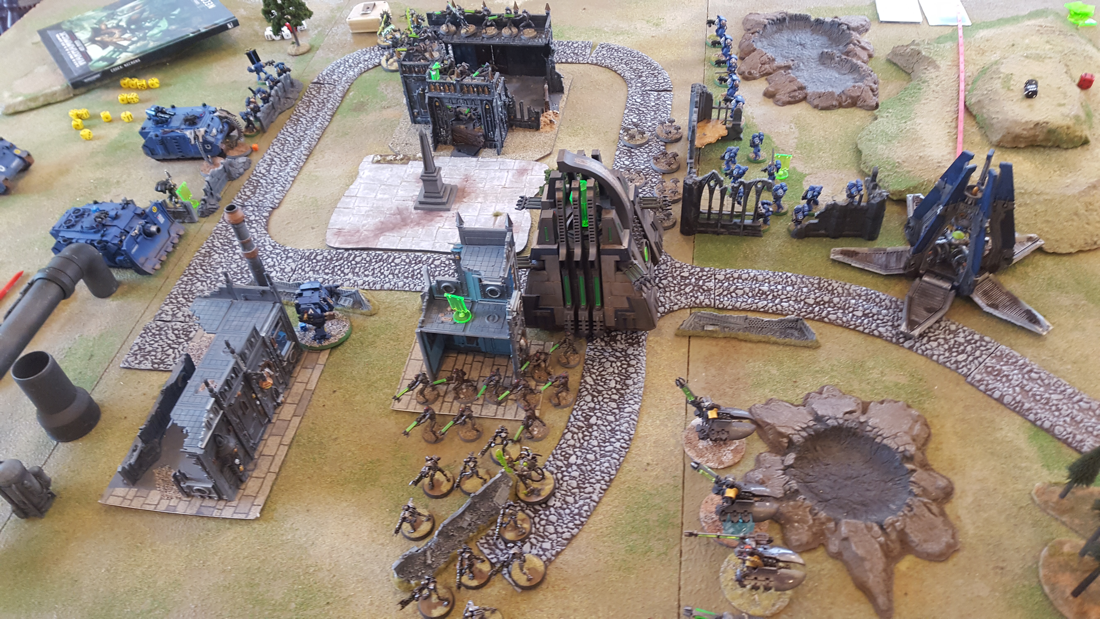
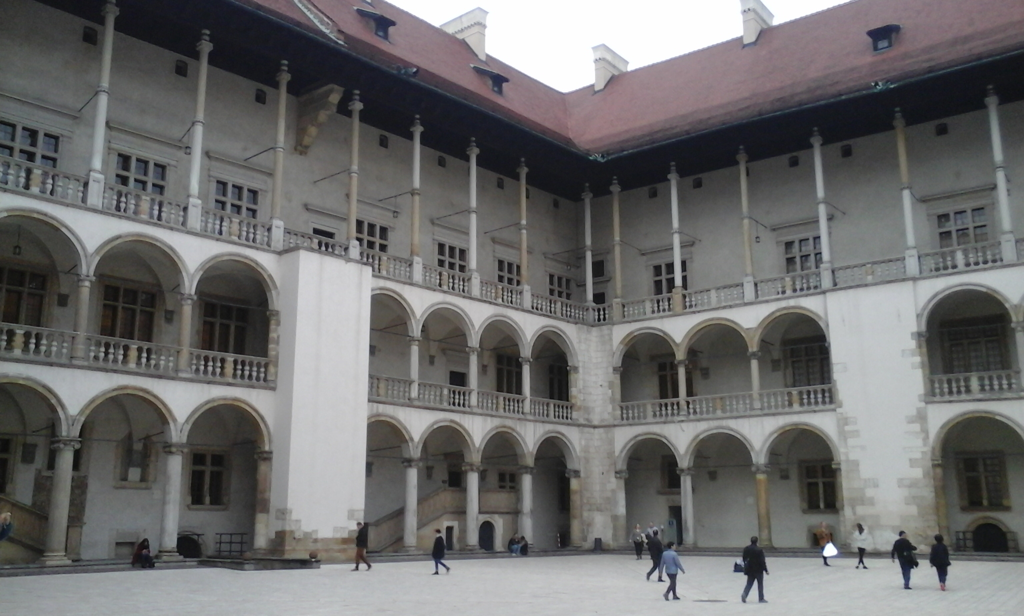
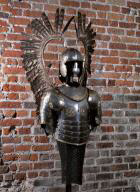
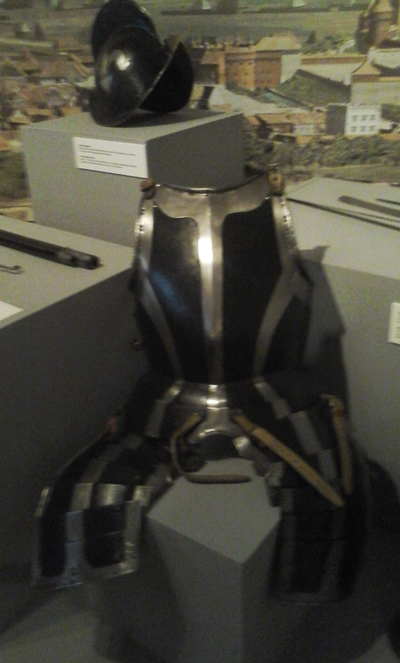
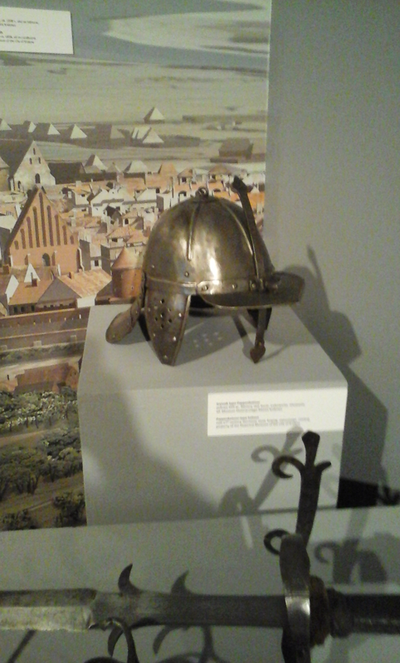
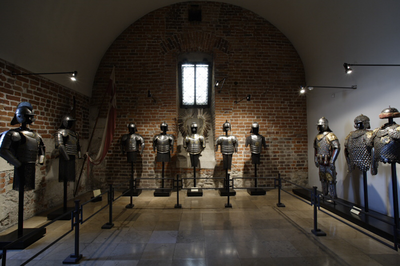
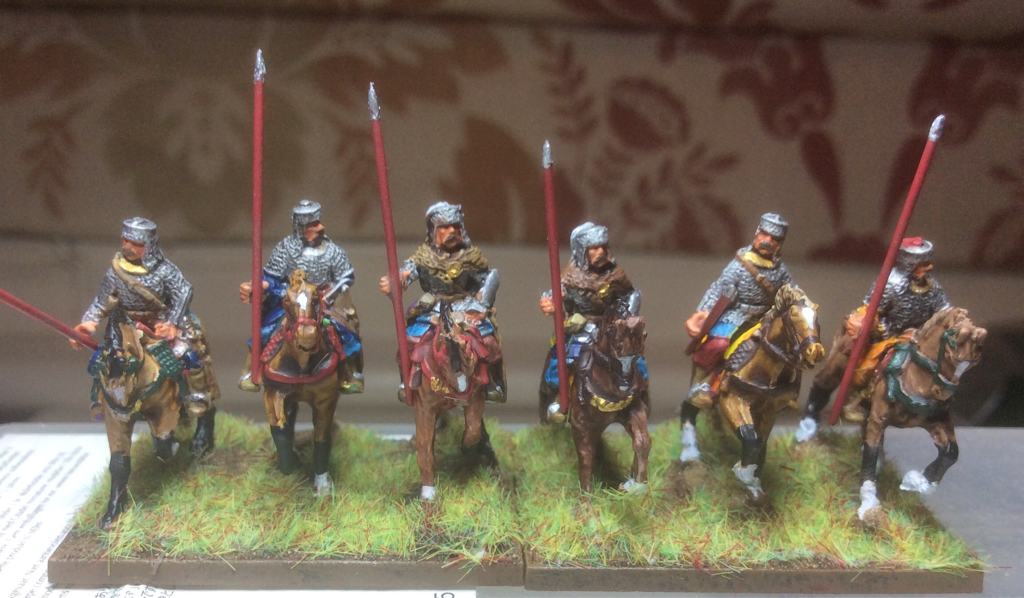
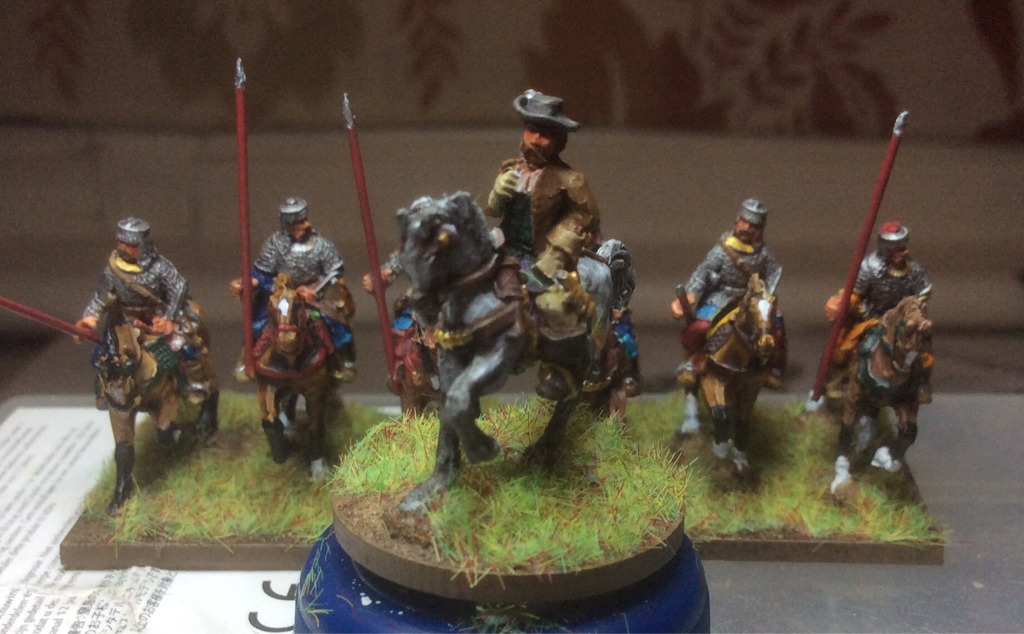
 RSS Feed
RSS Feed